Boeing B-29’s First Flight
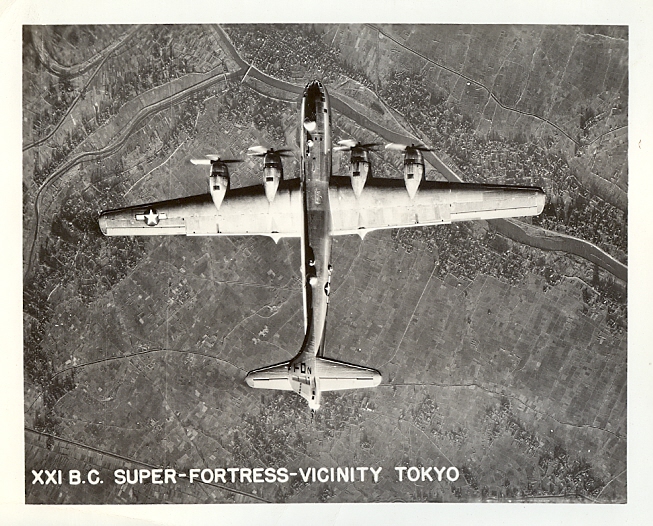
Today marks the 70th anniversary of the maiden flight of Boeing’s famous B-29 “Superfortress.” The plane was designed to replace the B-17 “Flying Fortress” and the B-24 “Liberator,” as well as to be able to handle long distance bombing missions the other planes were incapable of. The Superfortress was technologically advanced for the time, including features such as remote-controlled gun turrets and a pressurized cabin. More than 3,500 B-29s were produced before fabrication came to a halt in May 1946. The plane also served in the Korean War.
Upon completion of testing and production, B-29s were sent to the Pacific where they were well-suited to the long distance flights required to strike at Japan from US air bases at Tinian, Saipan, and Guam. These islands, making up the Marianas Chain, were fought for and captured for the sole purpose of providing B-29s a base from which to hit mainland Japan.
In June 1944, they were the first planes to strike at homeland Japan since the famous April 1942 Doolittle Raid. The aircraft were also used for the massive incendiary bombing campaign as well as their most well-known role in dropping the atomic bombs over Japan. The high service ceiling protected the Superfortress from anti-aircraft fire on the ground, and in combination with the aircraft’s speed also prohibited many enemy fighters from being able to reach it. The plane was versatile, used for both high- and low-altitude bombing, during both day and nighttime. It was also used a cargo plane, flying the “Hump” of the Himalayas from India to China and back again.
Boeing B-29 Superfortress Specs
Armament: Ten .50-cal. machine guns + one 20mm cannon + 20,000 pounds of bombs
Engines: Four Wright R-3350 engines of 2200hp each
Maximum speed: 357 miles per hour
Cruising speed: 220 miles per hour
Range: 3,700 miles
Ceiling: 33,600 feet
Span: 141 feet 3 inches
Length: 99 feet
Height: 27 feet 9 inches
Weight: 133,500 pounds maximum
Artifacts from the Collection
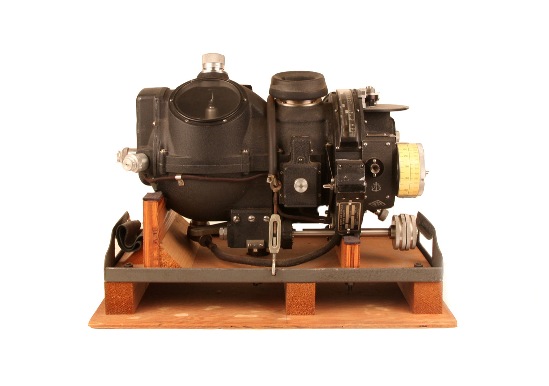
Gift in Memory of John Kushner, 2006.279
The Norden bombsight could be found in virtually all medium and heavy bomber aircraft in the US Army Air Force during World War II. It was such a closely guarded piece of technology that bombardiers had to swear an oath to protect the secrets of the device by destroying it before letting it fall into enemy hands, even at the cost of their own lives. The USAAF wartime claims of the Norden being able to place a bomb in a pickle barrel at 20,000 feet were greatly exaggerated. In reality, the Norden bombsight was a complex machine consisting of many gearwheels and ball bearings, prone to produce inaccuracies when not in proper calibration, which was often the result of the aircraft’s turbulent journey to the target.
Image Gallery
- Remember "My Weekly Reader" from elementary school? During the war, they often focused on military subjects, including the new B-29. Gift of Rhoda L. and Roger M. Berkowitz, 2012.005.034
- US Navy Seabees build and maintain B-29 base on Tinian. 30 March 1945. Gift of Charles Ives, 2011.102.003
- US Navy Seabees completed the necessary airfields in the Marianas in record time. 30 March 1945. Gift of Charles Ives, 2011.102.002
- Superfortresses of the 73rd Bomb Wing drop their payload. Location unknown. Gift of Donald McCaughey, 2012.006.008
- A row of B-29s lined up on a runway, location unknown. Gift of Donald McCaughey, 2012.006.006
- A Superfortress crashed on Saipan in the Marianas. Gift of Elwyn Fink, 2010.216.
- B-29s with Mount Fuji in the background. Gift of Elwyn Fink, 2010.216.213
- A B-29 takes to the skies. Gift of Elwyn Fink, 2010.216.219
- A view from above. Gift of Elwyn Fink, 2010.216.209
- A Superfortress soars over its base on Guam in the Marianas. Gift of Elwyn Fink, 2010.216.358
- Bombs dropped over Tokyo. Gift of Elwyn Fink, 2010.216.365
- Gift of Elwyn Fink, 2010.216.354
This post by Curator Meg Roussel
- Posted :
- Post Category :
- Tags :
- Follow responses to this entry through the RSS 2.0 feed. You can skip to the end and leave a response. Pinging is currently not allowed.


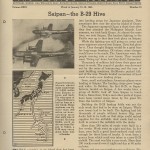
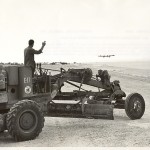
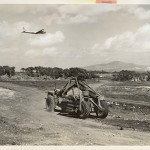
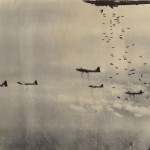
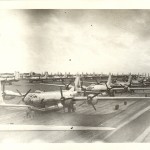
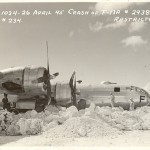
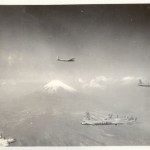
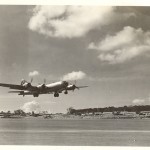
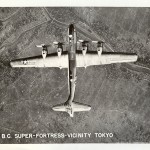
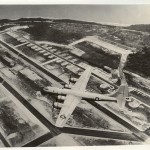
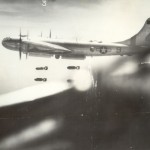
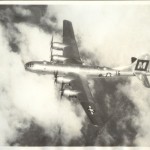


Leave a Reply